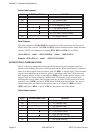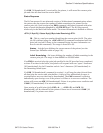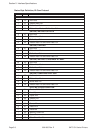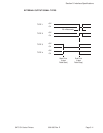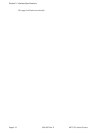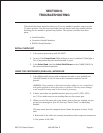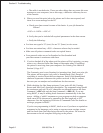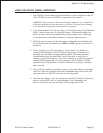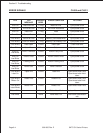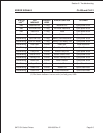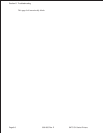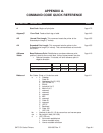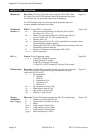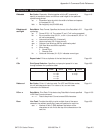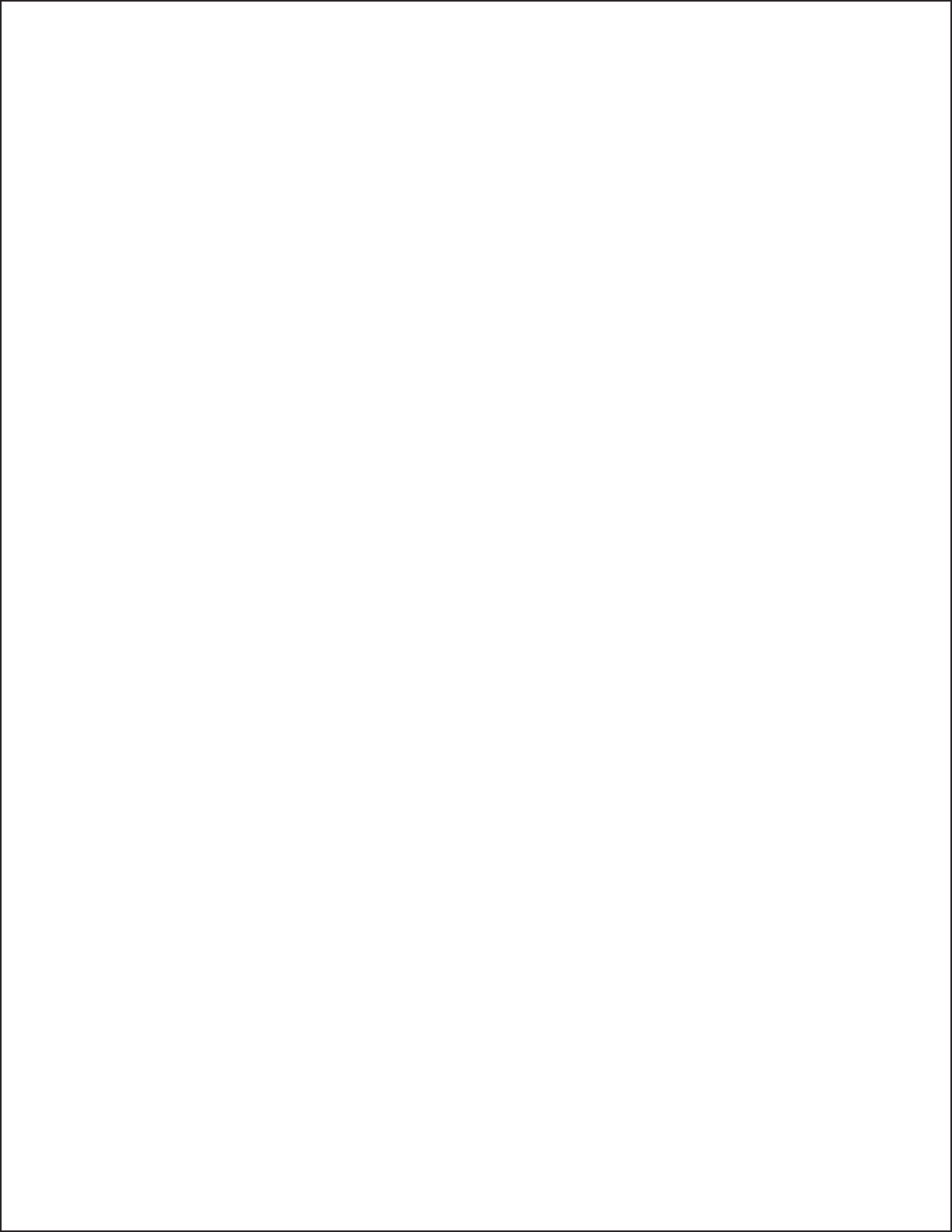
c. The cable is not defective. There are other things that can cause this error
message on your computer, but at this stage, a defective cable may be one
of the reasons.
4. When you send the print job to the printer and it does not respond, and
there is no error message on the PC:
a. Check your data stream for some of the basics. Is your job framed as
follows?
<ESC>A—DATA—<ESC>Z
b. Verify that you’ve included all required parameters in the data stream.
c. Verify the following:
• You have not typed a “0” (zero) for an “O” (letter) or vice-versa.
• You have not missed any <ESC> characters where they’re needed.
• Make sure all printer command codes are capital letters.
• Your protocol codes are set for Standard or Non-Standard and
your data stream is consistent with these.
5. If you’ve checked all of the above and the printer still isn’t printing, you may
want to try a Receive Buffer Hex Dump to determine what (if anything)
the printer is receiving from your computer. See Printing Test Labels in
Section 2, Page 2-37
The Centronics port is now listening for incoming data. Send your print job.
The printer will now print (only once) a Hexadecimal (Hex) Dump of
everything it received from the host computer. Each 2-digit hexadecimal
character represents a character the printer received. It may be tedious,
but now you can analyze and troubleshoot the data stream.
6. While checking the Hex Dump printout, if you notice 0D 0A (Carriage
Return and Line Feed) characters throughout. The command string should
be continuous and not CR or LF characters are allowed between the Start
Command (<ESC>A) and the Stop Command (<ESC>Z). If you are
using BASIC, it may be adding these characters automatically as the line
wraps. Adding a “width” statement to your program can help to suppress
these extra 0D 0A characters by expanding the line length up to 255
characters. See the beginning of Section 4: Command Codes for details on
writing a program in BASIC.
If you’re not programming in BASIC, check to see if you have an equivalent
statement in the language you’re using to suppress extra carriage returns
and line feeds from your data being sent out to the printer. We want the
data stream to be one complete line going to the printer.
Section 6. Troubleshooting
Page6-29001035Rev.ESATOCLSeriesPrinters



